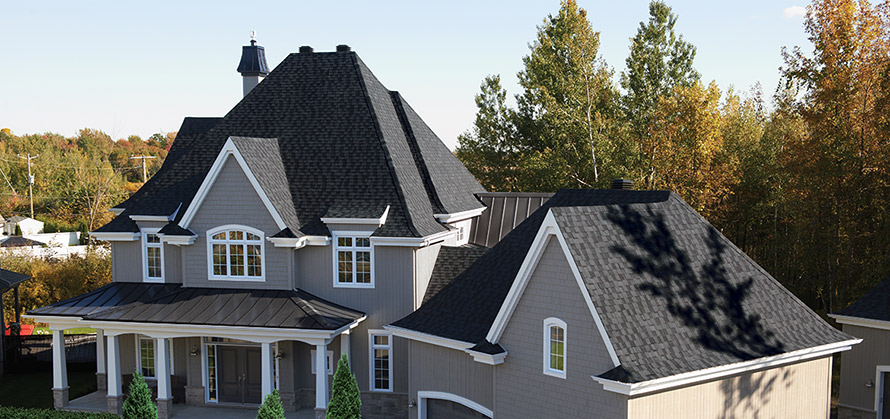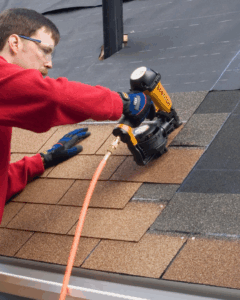Energy Efficiency: How a New Roof Can Save You Money on Utility Bills
When homeowners think about reducing utility bills, their minds often go straight to energy-efficient appliances or smart thermostats. While these upgrades can certainly help, one of the most overlooked and impactful investments is the roof over your head. A new roof does more than just improve your home’s appearance or structural integrity—it can significantly enhance energy efficiency, leading to long-term savings on your monthly utility expenses.

The Role of Your Roof in Energy Efficiency
Your roof acts as a protective barrier between your home and the outside environment. It shields your living spaces from extreme temperatures, rain, snow, and wind. However, over time, roofing materials can deteriorate, leading to poor insulation and ventilation. When your roof isn’t performing efficiently, your HVAC system has to work harder to maintain a comfortable indoor climate. This additional strain results in higher energy usage and increased utility bills.
By investing in a new roof, especially one designed with energy efficiency in mind, you can significantly reduce the amount of heat lost in the winter and the amount of heat gained in the summer. This translates directly to lower heating and cooling costs throughout the year.
Modern Roofing Materials Make a Difference
The technology behind roofing materials has advanced significantly in recent years. Modern shingles and other roofing components are now designed with energy efficiency as a top priority. For instance, many asphalt shingles come with reflective granules that reduce heat absorption. These materials can help maintain a cooler indoor temperature during the summer, minimizing the need for air conditioning.
In warmer climates, cool roofing materials that reflect more sunlight and absorb less heat are becoming increasingly popular. Metal roofs, for example, are known for their reflective properties and durability, making them an excellent option for homeowners looking to cut down on cooling costs. Some roofing systems even come with specialized coatings that further enhance their reflective abilities.
Improved Insulation and Ventilation
A new roof is often installed with updated insulation and ventilation systems. Proper insulation helps regulate the internal temperature of your home, keeping warm air inside during colder months and blocking heat from entering during the summer. Without adequate insulation, your home could lose significant energy through the attic and roof.
Ventilation is just as crucial. A well-ventilated roof allows hot air to escape from your attic, preventing it from building up and raising indoor temperatures. Without proper airflow, the attic can become excessively hot, which not only drives up cooling costs but also damages roofing materials over time. A new roofing system with modern ventilation can help maintain a balanced attic climate, improving overall energy performance.
Sealing Leaks and Preventing Drafts
 Older roofs often develop cracks, gaps, or weak spots that allow air to escape or enter the home. These small leaks can create drafts that make it harder for your HVAC system to maintain the desired temperature. As a result, you’ll find yourself adjusting the thermostat more frequently, using more energy than necessary.
Older roofs often develop cracks, gaps, or weak spots that allow air to escape or enter the home. These small leaks can create drafts that make it harder for your HVAC system to maintain the desired temperature. As a result, you’ll find yourself adjusting the thermostat more frequently, using more energy than necessary.
When a new roof is installed, these vulnerabilities are addressed. A properly sealed roofing system eliminates air leaks, contributing to a more stable indoor environment. The tighter the seal, the less energy you’ll waste on heating or cooling, resulting in consistent comfort and reduced utility bills.
Long-Term Financial Benefits
While the upfront cost of a new roof can be significant, the long-term savings are often worth the investment. Lower utility bills month after month can add up to substantial financial benefits over the lifespan of the roof. Additionally, energy-efficient roofing may qualify for tax credits or rebates, further offsetting the initial expense.
Furthermore, an energy-efficient roof can increase the overall value of your home. Prospective buyers are increasingly looking for homes with sustainable features that promise lower operating costs. A new, efficient roof can be a strong selling point if you ever decide to move, making it a smart investment both now and in the future.
Leave a Reply